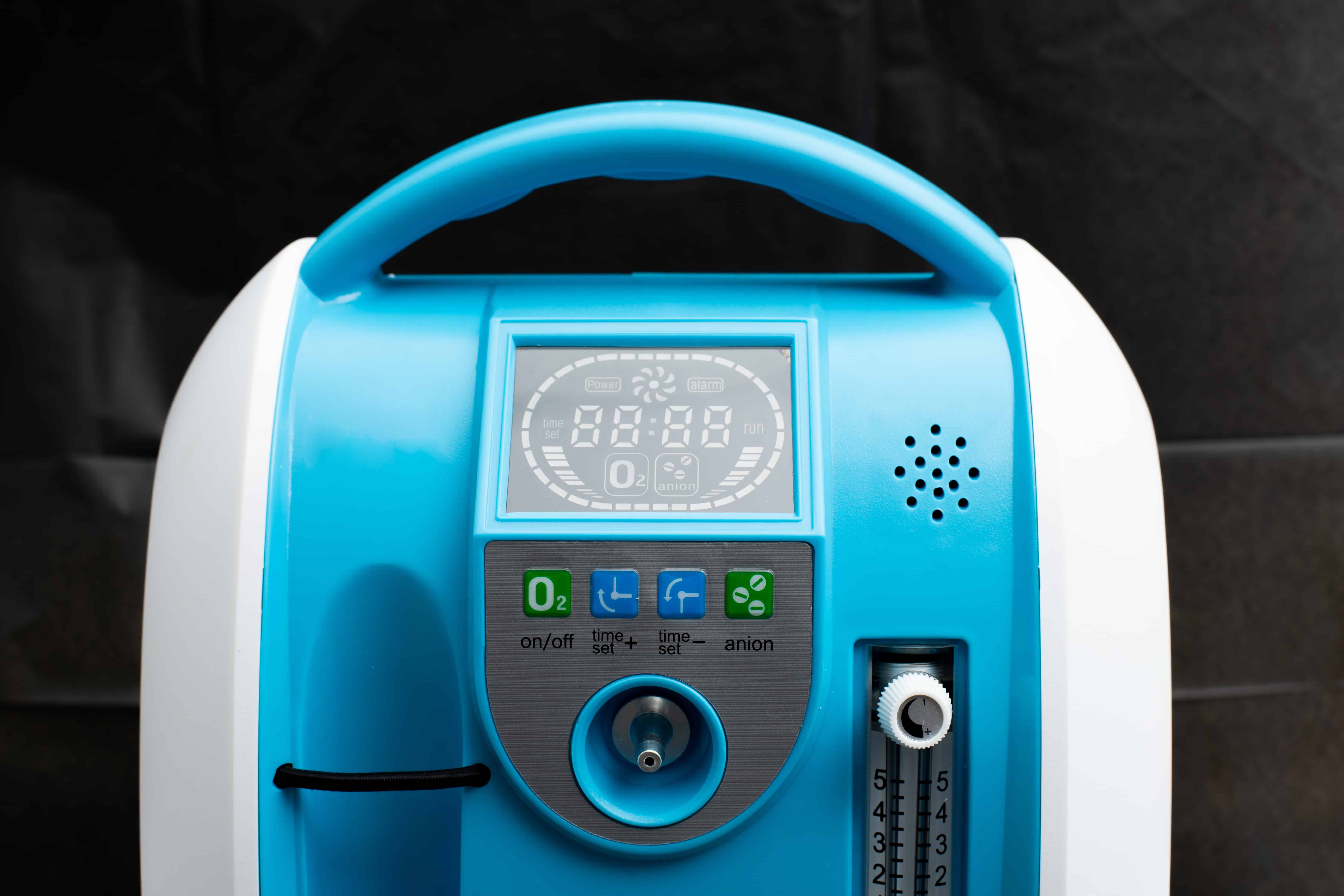Things about Oxygen Tanks
Wiki Article
Little Known Facts About Oxygen Tanks.
Table of ContentsOxygen Tanks Fundamentals ExplainedA Biased View of Oxygen TanksGetting My Oxygen Tanks To WorkOxygen Tanks Things To Know Before You Get ThisSome Known Details About Oxygen Tanks Indicators on Oxygen Tanks You Should Know
is a type of gas that is produced and used to make a variety of products. Manufacturing, welding, and also cleansing are all examples of these kinds of tasks. Medical oxygen is used for specific purposes, whereas commercial oxygen is utilized for a variety of purposes. Individuals that are not able to provide their very own oxygen will certainly take advantage of oxygen treatment - oxygen tanks.We breathe in oxygen, which is a gas in the air. They may additionally call for oxygen treatment or supplementary oxygen if they require it.
You can get accessibility to the oxygen you require by utilizing a CPAP machine. What are the dangers of not offering oxygen to an individual? Consequently, if the person does not receive oxygen, they will certainly most likely die and need a transplant. A non-cardiovascular reason is additionally a lot more likely to result in death.
Indicators on Oxygen Tanks You Should Know
If you have any kind of questions, provide us a call. We likewise have ready-to-go-systems so you don't require to fret about your tools not linking. For built-in systems to link to an EDS system, an inline, decreasing regulator is needed. This links to the onboard oxygen supply and lowers the stress so that it meets the stress requirements of the EDS.Obtain the most up to date regulative information, accreditation information and also exclusive discount rates!
Placing patients on oxygen is just one of the easiest and most efficient interventions utilized to stabilize a large number of medical grievances. This area will assess the different devices used to deliver and also transfer oxygen as well as how you could choose one over the various other based upon client discussion. Mobile oxygen cyndrical tubes are the most usual form of oxygen available in the area.
Get This Report on Oxygen Tanks
The oxygen cyndrical tubes designed for clinical use are created to permit just medical-grade regulatory authorities to be attached-- and only in one configuration. The impressions on the cyndrical tube pair up with pins on the regulator and permit for smooth and limited link when safeguarded to the cyndrical tube To link a regulatory authority to a cyndrical tube; If present, eliminate the plastic cap on the cyndrical tube.Line up the pins and imprints existing on the cyndrical tube as well as regulator. Safeguard the screw system on the regulator until it is limited and also there is no movement between the regulator and cylinder. Ensure the regulator remains in the off position, take the oxygen-cylinder wrench and turn the cyndrical tube on, then quickly Resources transform it withdraw.
If no running away air is observed, turn the cylinder back on and also test the regulatory authority by turning it to a chosen flow rate. The stress sign on the regulatory authority reveals the interior pressure of the oxygen cyndrical tube. Constantly make certain to protect assembled oxygen cylinders in all times as well as do not leave them in need of support in upright placements where they could drop.
How Oxygen Tanks can Save You Time, Stress, and Money.
Oxygen is extremely combustible and basics also should never be used or saved near an open flame. The main oxygen delivery tools that you will certainly experience are the,, as well as.The NC must be placed on the patient with the prongs curving up into the nares, the tubing wrapped over the client's ears (or protected to the tubes holders on a C-collar), and afterwards tightened approximately the chin with the sliding mechanism. Ensure to attach the other end of the tubing to the oxygen regulatory authority and set the preferred flow rate.

An Unbiased View of Oxygen Tanks
They have the benefit of supplying almost 100% Fi, O2; this is frequently lower due to the variable fit of the mask on the person's face. To put an NRB on a client, initially, link the tubing to the oxygen regulatory authority as well as transform up the circulation to the wanted price (at a minimum of 10 LPM).
This is a way of creating an intermediate shipment approach between the NRB as well as the nasal cannula in ambulances that do not lug facemasks alone. The signs and contraindications are or else the like for NRB masks, as are the difficulties. The procedure for putting a partial NRB is the exact same as the positioning of an NRB, with the elimination of among the inner flaps which permits exhalation of run out carbon dioxide.
The 25-Second Trick For Oxygen Tanks
Next, eliminate among the bands from the mask and also protect it around the posterior neck of the client linking it back to the side it belongs. Place the mask over the airway and safeguard the mask snuggly to the person. Tracheostomy masks are consider this the exact same thing as an NRB simply for individuals that have a tracheostomy-- and are indicated in people with a tracheostomy that require additional oxygen.of tracheostomy masks include irritability of the tracheostomy website, dry skin of the mucous membrane layers, and also retention of CO2. Remove the strap from one side and also location the mask over the stoma. Safeguard the strap around the individual's posterior neck and reconnect to the various other side of the mask. Connect the contrary end of the tubing to the oxygen regulatory authority.
Report this wiki page